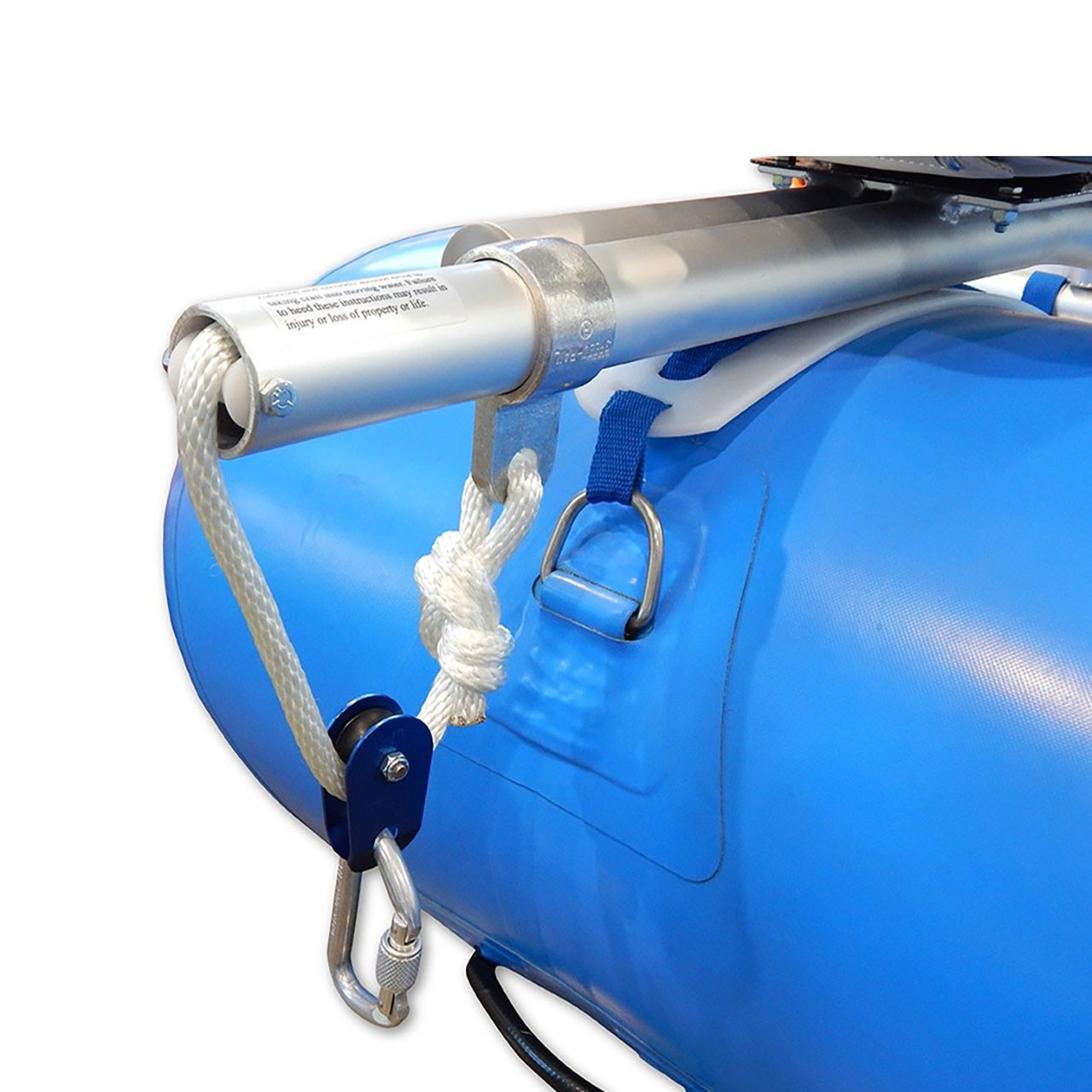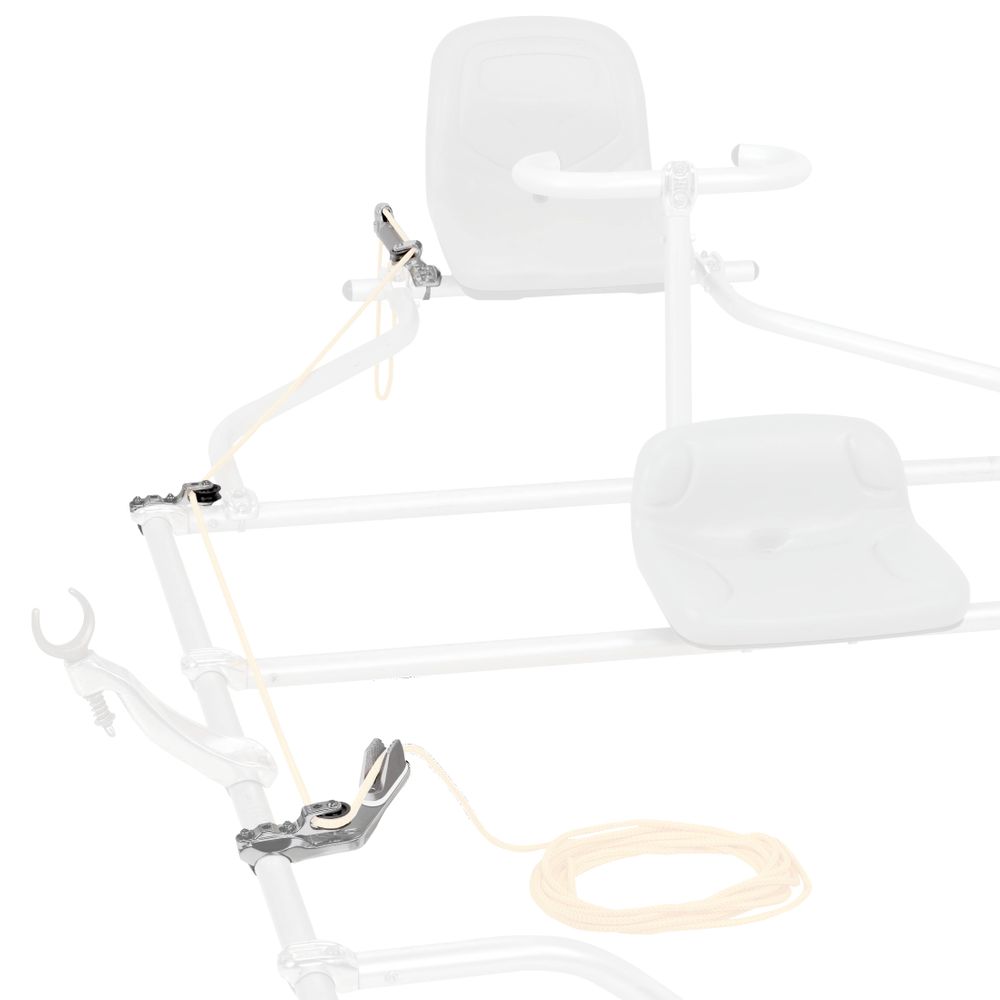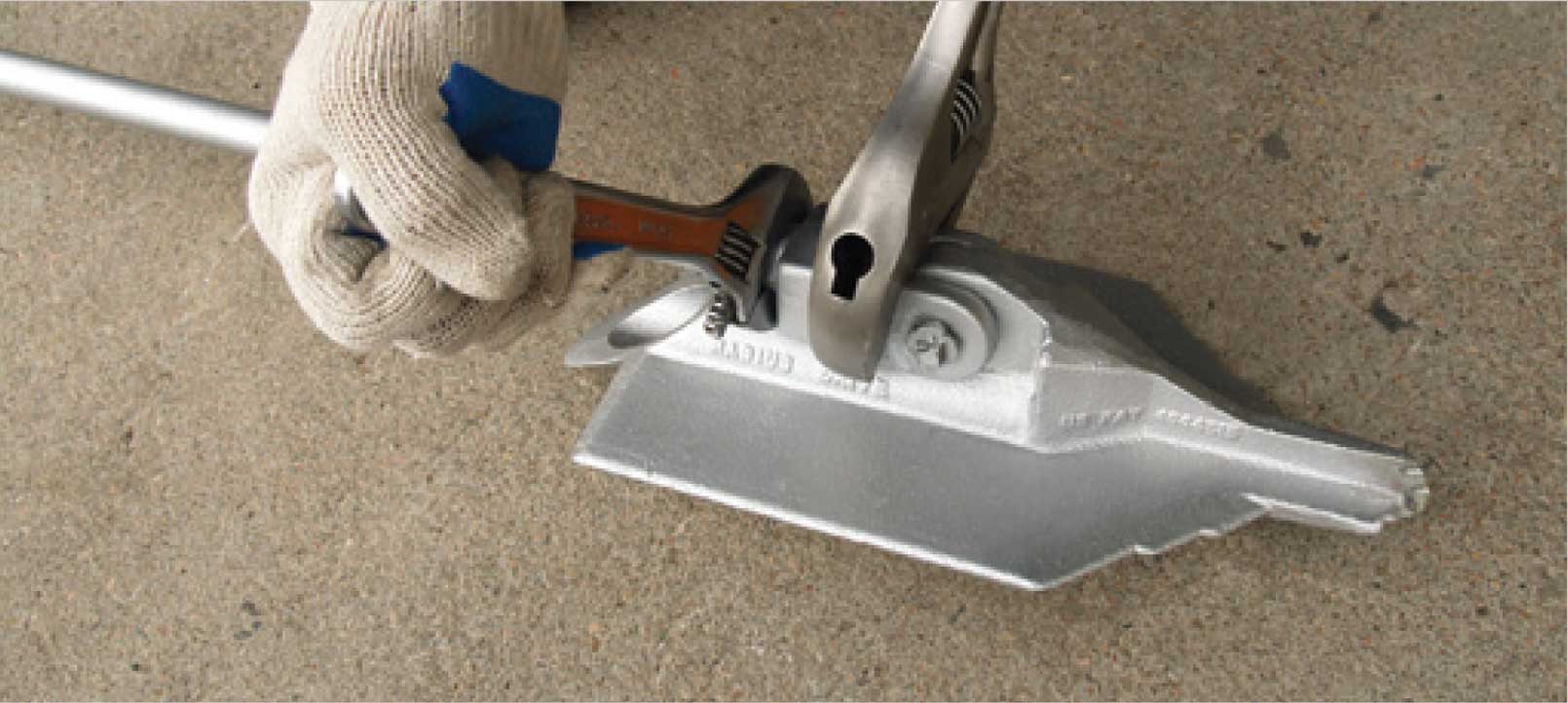Mounting Earth Anchor: Ideal Practices and Tips for Success
Effective Support Equipments Designed for Optimum Stamina
The style of reliable support systems is crucial in making sure maximum stamina and integrity throughout numerous applications, particularly in civil and marine design. By employing ingenious materials and advanced design methods, these systems not just enhance holding power yet also adjust to challenging environmental problems. As we explore the various kinds of anchor systems and the materials that underpin their effectiveness, it comes to be obvious that the future of securing innovation might hold even greater innovations. What effects do these growths have for safety and performance criteria in the industry?
Value of Support Solutions
Anchor systems play an essential function in different applications, from marine building to offshore exploration and even in the security of frameworks on land. In marine settings, anchors are necessary for mooring vessels, stopping drift due to wind, currents, or waves.
Along with marine applications, anchor systems are essential in civil design, especially in the building and construction of keeping walls, bridges, and structures in geologically tough locations. These systems help disperse tons properly, combating forces such as soil stress and seismic activity. The significance of support systems encompasses the eco-friendly energy market, where they safeguard wind turbines and overseas systems, adding to the security and performance of energy generation.
Eventually, the performance of a support system is basic to the security, durability, and functionality of numerous structures, making their style and application an essential component in design and building and construction practices throughout numerous sectors.
Cutting-edge Products in Anchor Layout

Modern improvements in materials scientific research have actually substantially changed anchor layout, improving performance and sturdiness. The unification of high-strength alloys and composite products has actually brought about supports that can endure severe ecological conditions while preserving structural honesty. These ingenious products not only supply exceptional tensile toughness however additionally decrease weight, boosting simplicity of installment and handling.
One noteworthy growth is the usage of carbon fiber strengthened polymers (CFRP), which provide exceptional deterioration resistance and high strength-to-weight proportions. This allows for the style of supports that are both lightweight and remarkably resistant, making them suitable for marine applications where direct exposure to saltwater can bring about material destruction.
Furthermore, developments in coatings-- such as sophisticated epoxy and galvanization-- additional protect steel anchors from deterioration, prolonging their life span. These finishes can be tailored to fulfill particular ecological challenges, guaranteeing that supports do accurately also in rough conditions.
Furthermore, the integration of clever materials, which can adapt to altering loads and environmental factors, is paving the means for future anchor styles. These growths highlight a fad in the direction of higher performance and reliability in anchoring solutions, ultimately enhancing safety throughout numerous applications.
Sorts Of Reliable Support Systems
Effective anchoring remedies are important for making sure security and safety and security in different applications, from building to marine operations. Several types of effective anchor systems stick out for their efficiency and versatility to various atmospheres.
One preferred kind is the screw support, which utilizes a helical layout to give premium holding power in dirt and soft ground. These supports are particularly valuable in momentary structures and can be easily gotten rid of and recycled.
Another widely secondhand system is the driven pile support, typically utilized in heavy and marine building and construction tasks. These anchors are driven deep into the ground, giving superb resistance to side forces, making them perfect for supporting big structures.
For marine applications, the mooring buoy anchor system is important. This system includes resilient devices linked to supports on the seabed, enabling vessels to continue to be stable while lessening drag from currents and winds.
Lastly, the deadweight anchor system relies upon hefty weights to give security and is frequently used in offshore installments. Each sort of anchor system is developed to meet specific needs, making sure the safety and stability of structures and vessels in various problems.
Safety Specifications and Rules
Ensuring the security and dependability of anchoring systems includes adherence to rigorous safety requirements and laws. These standards are established by numerous organizations, consisting of the American Culture for Testing and Products (ASTM), the International Organization for Standardization (ISO), and neighborhood building ordinance. Conformity with these guidelines is important to guarantee that anchoring systems can endure ecological stresses and tons, lowering the risk of failure.
Testing and qualification processes are fundamental components of safety standards. Anchoring systems must undertake strenuous analyses, including tensile stamina examinations, exhaustion tests, and ecological impact assessments. These tests assist determine the systems' performance under real-world official site problems, guaranteeing they meet or exceed the called for safety and security thresholds.
In addition, makers are needed to give helpful site detailed specs and instructions for installation and upkeep, which are essential to supporting safety and security criteria. Regular examination and upkeep protocols should likewise be developed to recognize potential weaknesses over time.
Future Trends in Support Technology
The future of anchor innovation is poised for considerable innovations, driven by the increasing demand for enhanced safety and performance in building and construction and design applications. Developments are expected in materials, style, and setup methods, which will certainly improve the stamina and longevity of support systems.
One arising fad is the assimilation of clever modern technology right into anchor systems. Earth Anchor. By incorporating sensing units, these systems can keep track of stress, load, and ecological problems in more information real-time, permitting proactive upkeep and enhanced integrity. Furthermore, advancements in composite materials might lead to lighter, yet stronger supports that can stand up to extreme problems, lowering the overall weight of structures


In addition, modular anchor systems are acquiring traction, enabling much easier installation and versatility to different task needs. Earth Anchor. As the industry accepts automation, robot installation methods can better enhance the anchoring process, boosting effectiveness and accuracy
Verdict
Finally, efficient support systems play a crucial duty in ensuring the stability and safety and security of aquatic and civil design tasks. The incorporation of cutting-edge products and progressed layouts significantly enhances holding power and resistance to numerous environmental difficulties. Adherence to security requirements and policies even more underscores the significance of integrity in support systems. As technology continues to advance, future fads are anticipated to focus on wise surveillance remedies and lasting materials, paving the means for improved performance and longevity.
The layout of effective support systems is important in making certain maximum strength and dependability across various applications, specifically in marine and civil engineering. As we discover the different kinds of support systems and the products that underpin their effectiveness, it comes to be apparent that the future of securing innovation may hold even greater innovations.Guaranteeing the safety and security and dependability of securing systems involves adherence to rigorous safety criteria and laws.In final thought, reliable anchor systems play a critical duty in ensuring the stability and safety of civil and aquatic design tasks. Adherence to security criteria and policies additionally underscores the importance of reliability in support systems.